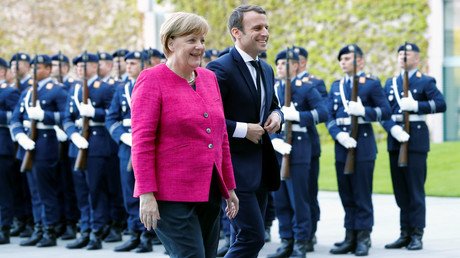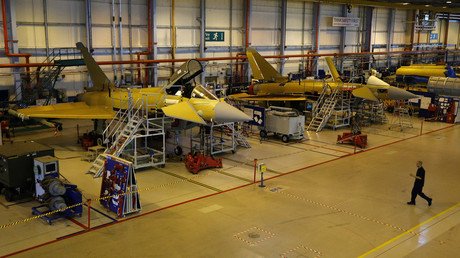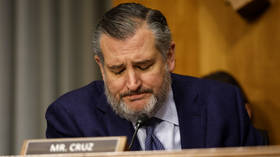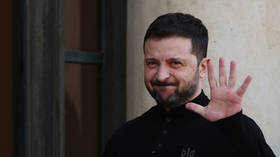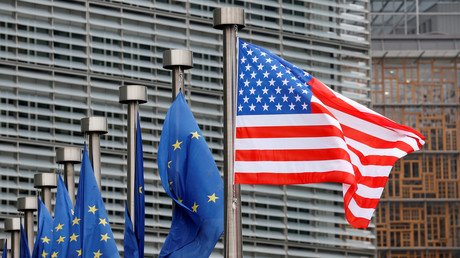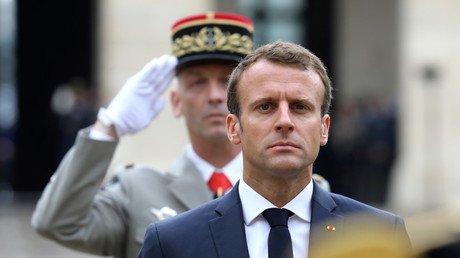EU to create first-ever joint fund to finance defense technologies development, fight inefficiency
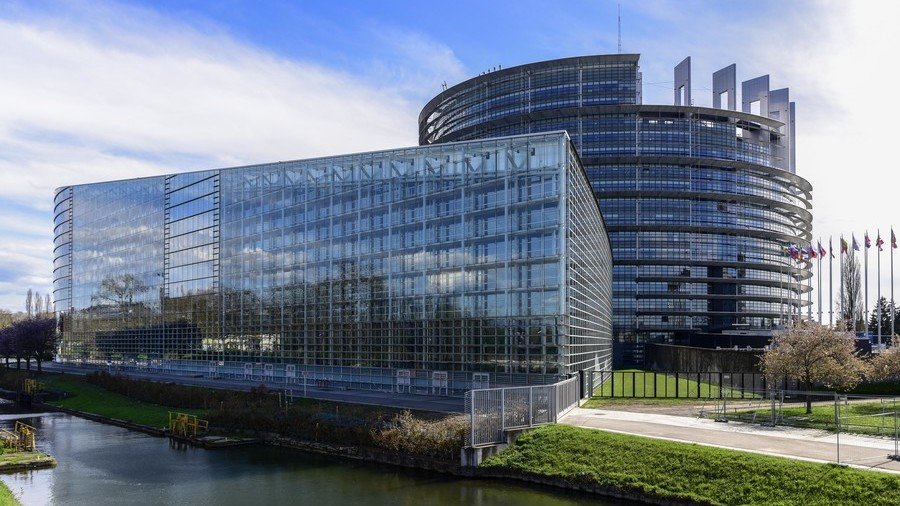
For the first time ever, the European Parliament has approved setting-up an EU-wide fund to support the development of defense technologies and equipment. The move is aimed at boosting the European defense spending efficiency.
The initiative called the European Defense Industrial Development Program (EDIDP) is aimed at lending financial assistance to the EU defense companies in development of “new and upgraded products and technologies,” a press release published on the EU Parliament’s website says. The program, which envisages allocating €500 million ($582 million) from the EU 2019-2020 budget to co-finance defense projects, is expected to make the EU “more independent” in the defense field while making its defense spending “more efficient.”
The approved program is regarded as a pilot project of the European Defense Fund (EDF) – an initiative with a proposed budget of €13 billion ($15 billion), which was proposed by the European Commission in mid-June. The EDF also aims to help European defense firms to research and develop indigenous technologies in areas such as cyber security and drone technology. Funds are expected to be released between 2021 and 2027, including €4.1 billion for research and €8.9 billion for developing military capabilities.
"This program is an historic step forward for European defense industrial projects and responds to three challenges: budgetary efficiency, competitiveness and strategic autonomy,” Francoise Grossetete, an MEP from the European People’ Party said, commenting on the European Parliament’s decision. The move is apparently the latest step in a series of measures apparently aimed at increasing Europe’s autonomy from the US in the defense field.
In early June, German Chancellor Angela Merkel expressed her support for the idea of a joint European Defense Force proposed by French President Emmanuel Macron – an initiative, which Berlin was previously reluctant to support. Earlier, she said that Europe should no longer rely on Washington in the field of security and “take its fate into its own hands” instead. US President Donald Trump, meanwhile, continues to pressure Germany over what he sees as a lack of financial contribution to the US-led NATO military block.
The US defense manufacturers as well as the British companies are, meanwhile, expected to be locked out of both the EDF and the EDIDP. The firms “will have to be based in the European Union, have their infrastructure in the European Union and above all, [their] decision-making cannot be controlled by an entity based outside the European Union,” if they want to qualify for EDF money, an EU official told AFP in mid-June.
The Tuesday press release of the EU Parliament also said that only projects “carried out by a consortium of at least three companies established in at least three EU countries” would be eligible for funding under the EDIDP program.
‘Billions wasted’ on duplication, overcapacity
As Europe is increasingly engaged in a row with the US on a number of fronts, including the one that involves issues of defense and security, its own military capabilities, which are expected to become the basis of its military “autonomy”, still look somewhat questionable.
Europe's own joint army plan was first touted in the 1950s, and it is still a long way from reality. The Permanent Structured Cooperation (PESCO) pact, which is the closest thing to a sort of military cooperation agreement the EU has, only entered into force in December 2017. The initiative involves a limited number of cooperation projects – such as a Cyber Rapid Response Team and a European Medical Command – and is yet to produce any tangible results.
In its Tuesday press-release, the European Parliament actually also admitted that the EU wastes as much as €26.4 billion ($30.75 billion) spent on defense every year due to “duplication, overcapacity and barriers to defense procurement.” More than half of Europe’s defense budget, which is equivalent to some 35 percent of the US defense budget, is spent on the military staff while investments in military research and development are ten percent lower in relative terms than in the US, according to the data presented by the EU parliament.
MEPs have just approved the first-ever EU programme to support the joint development of defence equipment and technologies. → https://t.co/pQmV8wHEztpic.twitter.com/zmyLImpzsH
— European Parliament (@Europarl_EN) July 3, 2018
The figures look even more appalling when it comes to investment in equipment and research and development per soldier. At this rate, the EU investments are almost five times lower than those of the US.
Apart from that, the armed forces of the European countries are also much less homogeneous than those of the US as they have more various weapons systems and equipment within the same weapon and equipment categories than their transatlantic ally. Introduction of a unified ammunition certification system as well as sharing just armored infantry vehicles could save the EU defense budget up to €1.1 billion ($1.28 billion), according to the EU Parliament figures.
